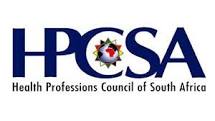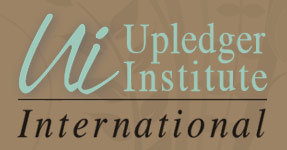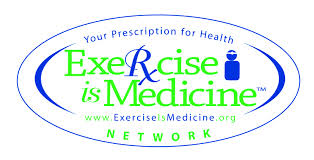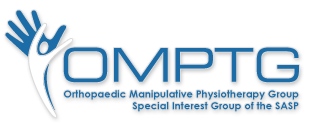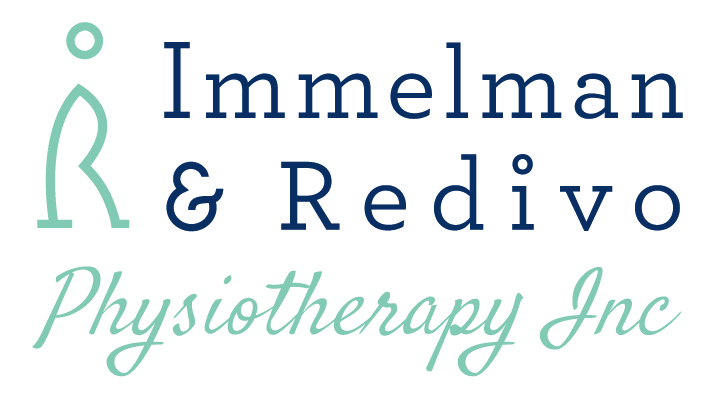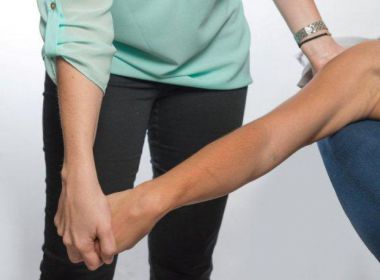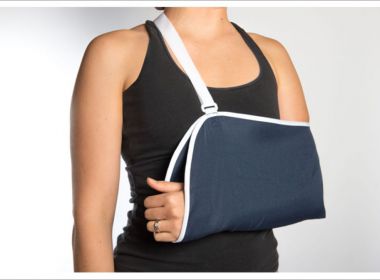JOINTS
A joint, also called articulation, is the connection of two bones. We treat various joint conditions including back and neck pain.
Back and Neck Pain
Pain in the back and neck are common complaints during one’s lifetime. In their lifetime, 80% of adults will experience back pain. Your physiotherapist is trained to identify and treat the cause of your condition. With an assessment, the physiotherapist aims to determine the origin of the pain, be it joint, muscle, nerve or neuromuscular control. Back and neck pain can also be classified into postural syndromes. Specific treatment and in-depth education regarding the cause of the pain is done. We use a bio-psycho-social approach which includes maintenance therapy, exercises, lifestyle management and pacing. You can make an appointment directly at your physiotherapist. At times, it may be necessary to refer you to a specialist for further investigations. Your physiotherapist will decide if further referral is necessary.
Advice: back and neck stretches can alleviate symptoms, heat and ice therapy can assist to reduce pain in acute back conditions. In chronic conditions it is advisable to be specific in treatment approach.
Chronic pain is a complex problem and needs a multi-faceted approach. These conditions need to be assessed and explained on an individual basis, as each person is different. The physiotherapeutic approach to chronic pain involves education, manual therapy, lifestyle changes, cognitive behavioral therapy, exercise prescription, maintenance therapy and working in a multi-disciplinary team. Chronic pain should be tackled with a team approach, where the patient is the captain.
Advice: no broad advice can be given for chronic pain; however heat packs tend to sooth pain. This can be used safely if the patient does not experience any decrease in and loss of sensation.
There are different types of headaches. Physiotherapists work mainly with tension type headaches, migraines and cervicogenic headaches. Cervicogenic headaches are the result of pain that originates from the cervical spine or upper part of the neck. This can be due to a dysfunction at the first 4 vertebrae and an assessment can help with clear identification. Tension type headaches are mainly linked to high stress levels and the muscles in the neck and shoulders. Migraines are at times associated with tension or cervicogenic headaches and physiotherapy can help to manage flare-ups. Poor posture and previous injury can contribute to headaches.
Advice for headaches: this includes postural correction (see picture above) as well as stretches, strengthening and heat packs for muscle tension.
Osteoarthritis
Osteoarthritis is a condition that can be explained as pain in a joint as a result of ‘wear and tear’ of the affected joint. This can commonly be experienced in the hip and knee joints. Often this can be managed with intermittent physiotherapy, a specific exercise program, analgesic and anti-inflammatory medication and splinting/bracing. Osteoarthritis can occur in any synovial joint in the body, hence the shoulder, hand, back and neck can also be affected. Your physiotherapist will be able to assess and treat the condition as well as indicate if referral to a surgeon or rheumatologist, or further investigation is necessary.
Advice for pain management: create a balance between exercise and rest, as well as the use of heat and ice.
Rheumatoid Arthritis
Rheumatoid Arthritis is a complex inflammatory condition that affects more than just joints. One would typically experience pain in the small joints of the hands and feet. Other organs that can be affected include the skin, lungs, eyes or blood vessels. Rheumatoid arthritis should be managed within a multi-disciplinary team including the rheumatologist. The patient must have a clear understanding of the condition and the choices to be made regarding treatment.
Whiplash
Whiplash is not limited to motor vehicle accidents, but can include falls, bumps, and tackles. Whiplash can be graded from mild to severe and x-rays are at times needed. In an acute whiplash injury, the priority is to decrease the pain and gain a wider range of motion. This can be done with soft tissue treatment, ice packs, electro therapy, strapping and advice, specific to the patient and history of the injury/trauma. As the whiplash injury improves, the focus shifts to gaining a full range of motion and strengthening the muscles supporting the neck and shoulders. Re-educating the neck on proprioception (the joints ability to support itself in space) is key to prevent future complications and recurrence of pain.
Advice: stretching of the neck, as illustrated in the image, can alleviate pain and muscle spasm. Maintain a stretch for at least 20 seconds and be careful not to over stretch.
